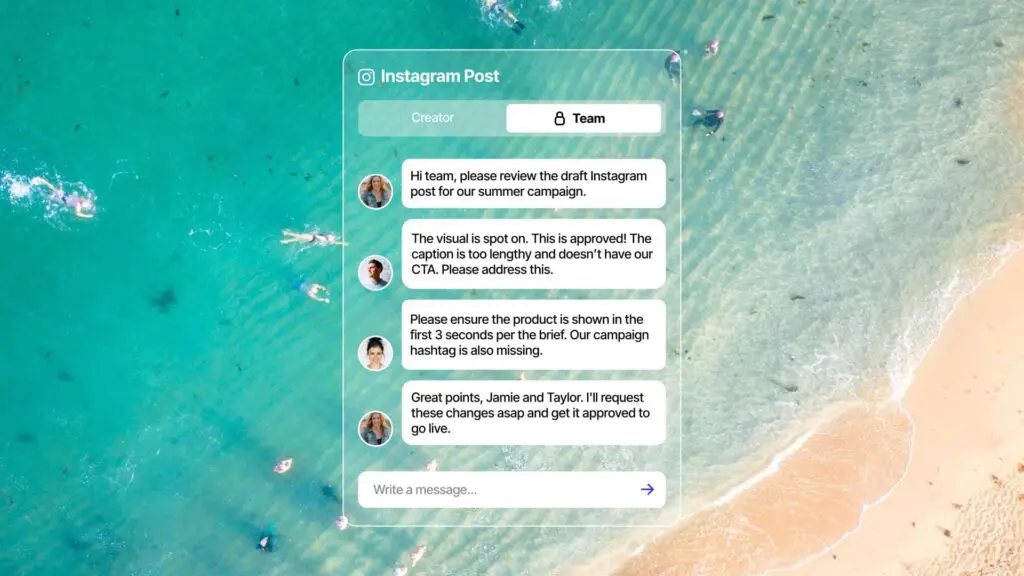
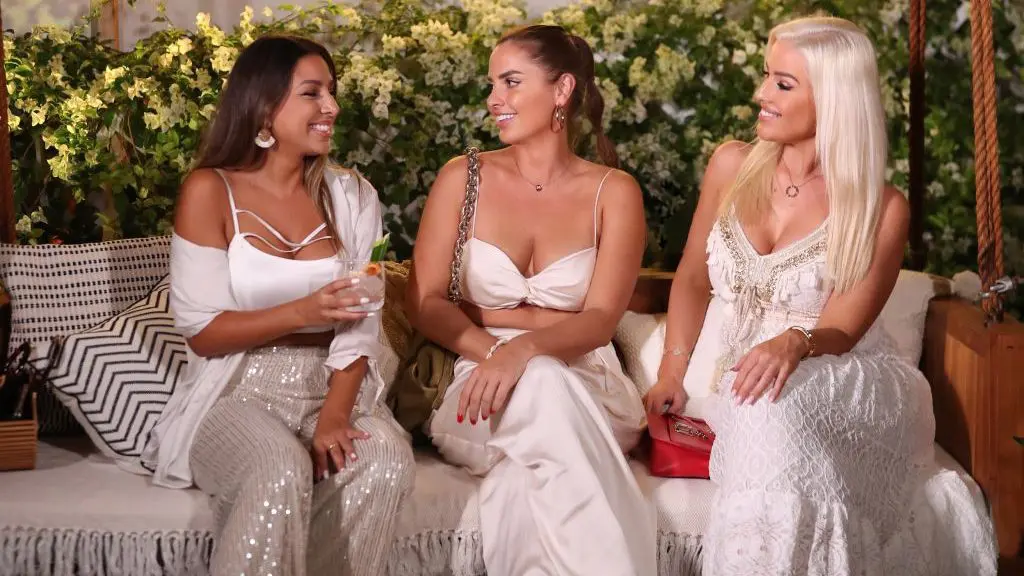
A wealth of highly creative and enthusiastic influencers are renowned for their love of wine, beer, and spirits. They know exactly how to make your brand appeal to their audiences.
Big alcohol brands are already seeing the power of Influencer marketing and spending in this growth area is expected to top $8.08 billion by 2024.
Influencer marketing is the term used to describe the process of collaborating with an individual who has a highly engaged social media following. Influencers use their creative flair to promote brands to their audiences and motivate them to buy or try.
According to a recent survey by Vamp, 88% of consumers aged 18-34 bought products recommended by influencers in a six-month period, proving that influencer marketing is an effective strategy that no brand can afford to ignore.
To find out more, take a look at our guide to influencer marketing strategy and this one on user-generated content.

Before the advent of social media, alcohol brands relied on traditional advertising to promote their products, often investing in expensive TV campaigns with memorable slogans like ‘I bet he drinks Carling Black Label’ that remain in the public consciousness.
While these tactics were successful in the past, people don’t watch TV in the way they used to. Many consumers spend a lot more of their leisure time looking at handheld devices than they do TVs, newspapers or magazines, so unless your brand is prominent on social media or other online platforms, it won’t be seen.
The market is more crowded than ever and populated by many smaller brands. They may not be able to afford big budget TV or cinema ads, but they’re cutting through by harnessing the power of social media. Influencers give brands the chance to show their products in action, in real-world settings. Influencers can demonstrate how they mix the drinks, and talk about flavor, provenance, and other stand-out features.
Influencers can also tap into the ‘at-home’ drinking trend that grew during the pandemic. While overall sales of alcohol fell in 2020 due to the closure of pubs and other hospitality venues, sales of RTDs (‘ready to drink’ premixed drinks such as gin & tonic in a can) actually rose and industry wide, the sector is now growing.
There’s also regulation to consider. Alcohol has to be marketed responsibly. Promotions must be aimed at adult drinkers, which can be difficult on social media where research shows that 13% of children and teenagers aged 11-19 have engaged with the marketing of alcohol on social platforms.
In addition to only targeting adults, alcohol brands are forbidden from encouraging irresponsible or anti-social drinking. The Advertising Standards Authority rules apply to any drink with a strength of more than 0.5% alcohol.
Drinking alcohol should not be linked with the following in any promotions:
Because there are regulations in place, you need to choose influencers with care, making sure they’re familiar with all restrictions and best practices. If you use Vamp to find your alcohol influencers, you’ll know that they’ve been vetted. You also have the added benefit of analytics to further guide your choice.
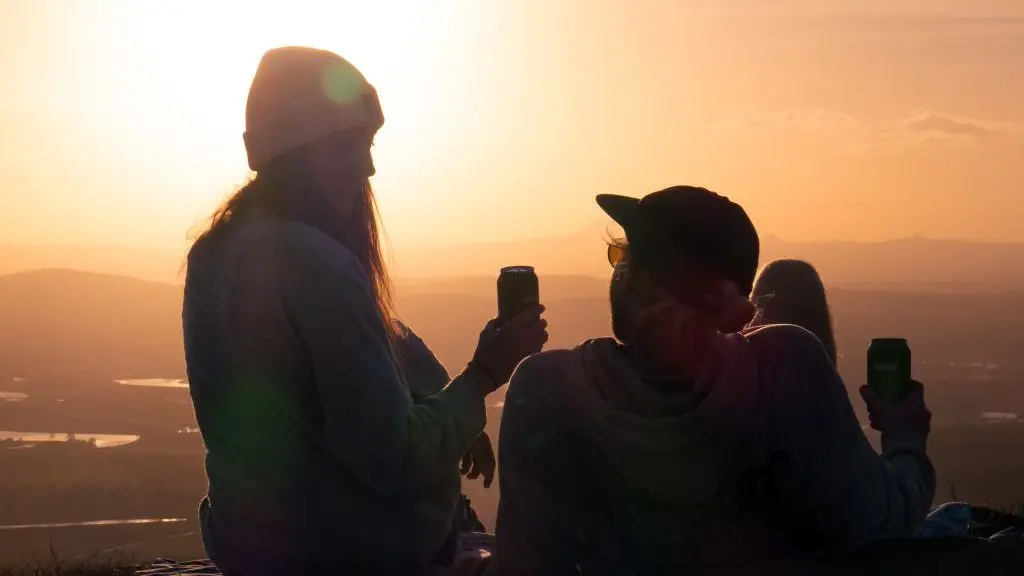
There are many benefits to working with an alcohol influencer, including:
With 71.2% of UK adults drinking alcohol every week, it’s no surprise to see social media streams filled with posts about drinking.
Here are a few examples of alcohol influencer marketing campaigns that worked.
Gordon’s campaign with 17 Vamp influencers gained 60,000 likes across 34 pieces of content.
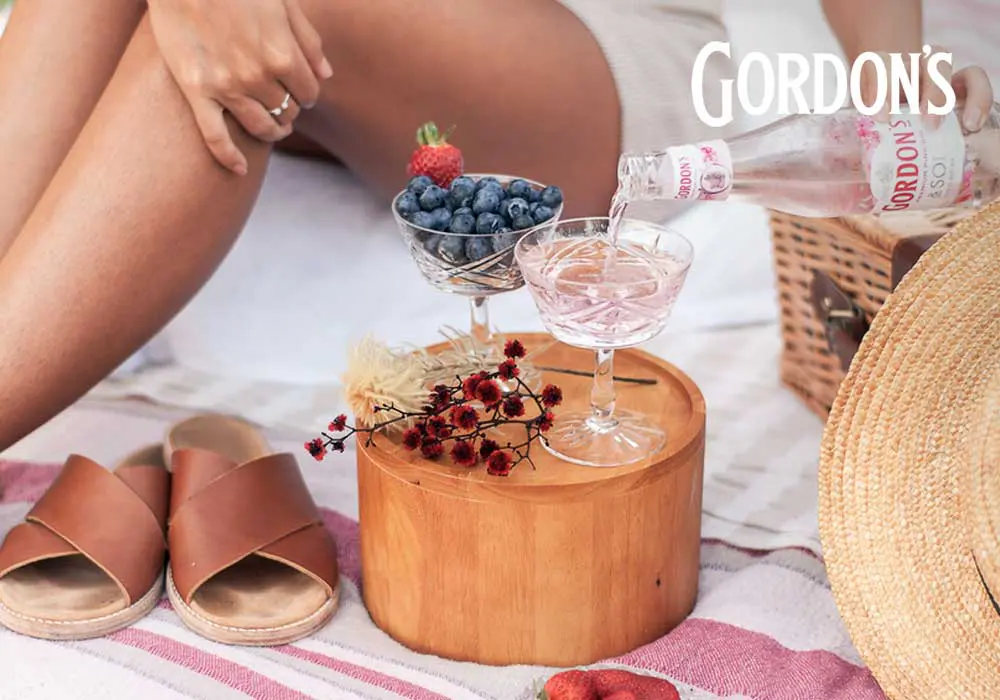
When Social Lite Vodka set out to market their healthier version of RTDs, they decided to target the health conscious by working with microinfluencers who embodied the healthy habits the brand wanted to align itself with.
Grand Marnier set out to promote their brand as something that embodies elegance and luxury, so they collaborated with fashion and lifestyle influencers who used the hashtag #welivegrand. Many posted multiple times, which meant the campaign was forefront in the minds of their audiences.
Want to find out what people are saying about your brand on social media? Check out our guide to social media listening.
The best (and easiest) way to find alcohol influencers is to use a platform like Vamp, which can match you with relevant, experienced influencers. Information about each recommended influencer is available on the Vamp platform, and you can also run, monitor, and track your campaign in one place.
When looking for an alcohol influencer, you need to consider the following:
To learn more about digital social media strategy, read our ultimate guide to social commerce, and if you want to know the difference between influencers and creators, take a look at this article.
According to Upfluence, Instagram is the most popular social media channel for social alcohol marketing, and YouTube is the second most popular. Promoting alcohol is banned on TikTok as the demographic is much younger.
To learn more about how social media can boost your brand, check out our guide to social media for business.
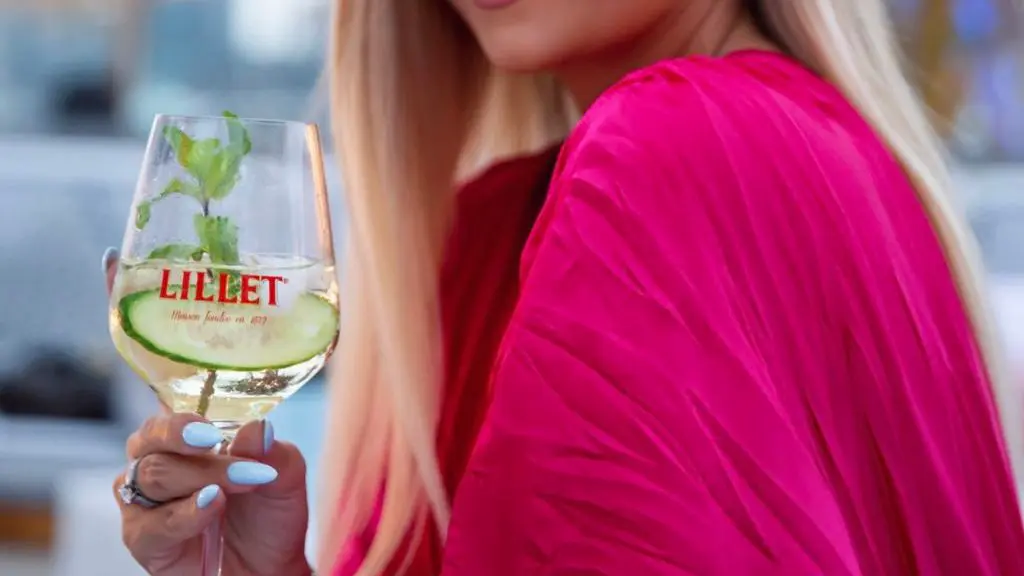
When it comes to building your strategy, you need to identify your goals. Are you looking to reach new audiences? Boost sales across the board? Drive social media sign-ups? Shout about your sustainability credentials? Your main goals will determine which kind of influencers you work with.
When you’ve identified the goals and are looking at influencers, make sure they align with your brand identity, and that they don’t appeal to an under-25 audience.
You’ll also need to consider the budget. Using macro-influencers, such as celebrities or those with a large following, can be costly. Many brands prefer to work with smaller, micro- or nano-influencers as these tend to speak to a highly engaged audience.
When working with influencers, make sure that their content presents your brand in a relatable and memorable way. Sparking positive emotions is the best way to encourage people to click through and begin their customer journey with you.
What you measure will depend on the goal of your influencer marketing campaign. Here’s some of the metrics you should consider:
If you’re ready to get to work on your alcohol influencer campaign, get started with Vamp – a one-stop shop for everything you need. There’s a pricing tier for every budget when you use the platform for your business.


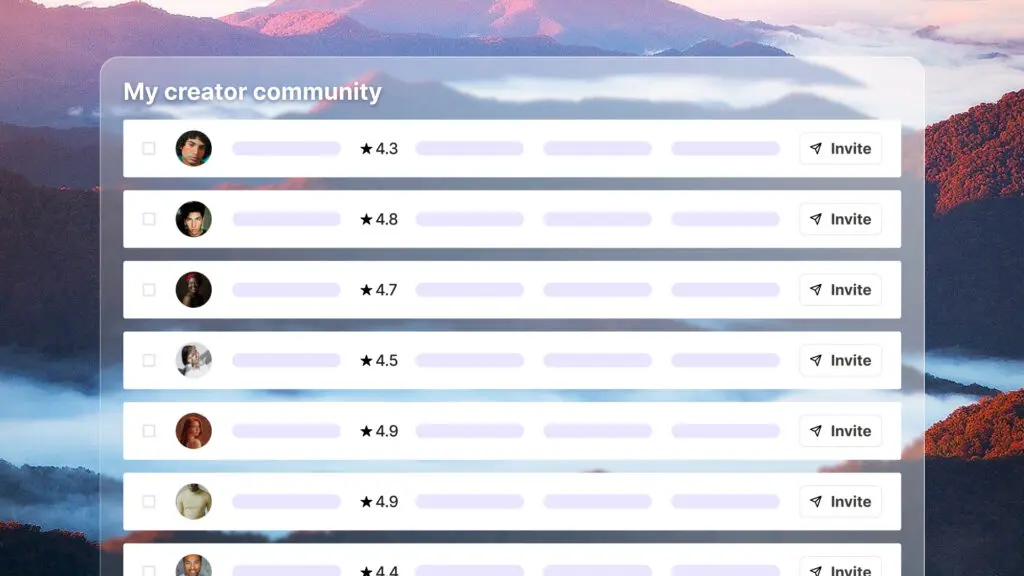
| Cookie | Duration | Description |
|---|---|---|
| __cf_bm | 30 minutes | This cookie, set by Cloudflare, is used to support Cloudflare Bot Management. |
| _abck | 1 year | This cookie is used to detect and defend when a client attempt to replay a cookie.This cookie manages the interaction with online bots and takes the appropriate actions. |
| _GRECAPTCHA | 5 months 27 days | This cookie is set by the Google recaptcha service to identify bots to protect the website against malicious spam attacks. |
| bm_sz | 4 hours | This cookie is set by the provider Akamai Bot Manager. This cookie is used to manage the interaction with the online bots. It also helps in fraud preventions |
| cookielawinfo-checkbox-advertisement | 1 year | Set by the GDPR Cookie Consent plugin, this cookie is used to record the user consent for the cookies in the "Advertisement" category . |
| cookielawinfo-checkbox-analytics | 11 months | This cookie is set by GDPR Cookie Consent plugin. The cookie is used to store the user consent for the cookies in the category "Analytics". |
| cookielawinfo-checkbox-functional | 11 months | The cookie is set by GDPR cookie consent to record the user consent for the cookies in the category "Functional". |
| cookielawinfo-checkbox-necessary | 11 months | This cookie is set by GDPR Cookie Consent plugin. The cookies is used to store the user consent for the cookies in the category "Necessary". |
| cookielawinfo-checkbox-others | 11 months | This cookie is set by GDPR Cookie Consent plugin. The cookie is used to store the user consent for the cookies in the category "Other. |
| cookielawinfo-checkbox-performance | 11 months | This cookie is set by GDPR Cookie Consent plugin. The cookie is used to store the user consent for the cookies in the category "Performance". |
| CookieLawInfoConsent | 1 year | Records the default button state of the corresponding category & the status of CCPA. It works only in coordination with the primary cookie. |
| csrftoken | past | This cookie is associated with Django web development platform for python. Used to help protect the website against Cross-Site Request Forgery attacks |
| elementor | never | This cookie is used by the website's WordPress theme. It allows the website owner to implement or change the website's content in real-time. |
| viewed_cookie_policy | 11 months | The cookie is set by the GDPR Cookie Consent plugin and is used to store whether or not user has consented to the use of cookies. It does not store any personal data. |
| Cookie | Duration | Description |
|---|---|---|
| __hssc | 30 minutes | HubSpot sets this cookie to keep track of sessions and to determine if HubSpot should increment the session number and timestamps in the __hstc cookie. |
| __hssrc | session | This cookie is set by Hubspot whenever it changes the session cookie. The __hssrc cookie set to 1 indicates that the user has restarted the browser, and if the cookie does not exist, it is assumed to be a new session. |
| __hstc | 5 months 27 days | This is the main cookie set by Hubspot, for tracking visitors. It contains the domain, initial timestamp (first visit), last timestamp (last visit), current timestamp (this visit), and session number (increments for each subsequent session). |
| _ga | 2 years | The _ga cookie, installed by Google Analytics, calculates visitor, session and campaign data and also keeps track of site usage for the site's analytics report. The cookie stores information anonymously and assigns a randomly generated number to recognize unique visitors. |
| _ga_56JWQ0019V | 2 years | This cookie is installed by Google Analytics. |
| _gat_UA-132076027-1 | 1 minute | A variation of the _gat cookie set by Google Analytics and Google Tag Manager to allow website owners to track visitor behaviour and measure site performance. The pattern element in the name contains the unique identity number of the account or website it relates to. |
| _gcl_au | 3 months | Provided by Google Tag Manager to experiment advertisement efficiency of websites using their services. |
| _gid | 1 day | Installed by Google Analytics, _gid cookie stores information on how visitors use a website, while also creating an analytics report of the website's performance. Some of the data that are collected include the number of visitors, their source, and the pages they visit anonymously. |
| bscookie | 1 year | LinkedIn sets this cookie to store performed actions on the website. |
| CONSENT | 2 years | YouTube sets this cookie via embedded youtube-videos and registers anonymous statistical data. |
| hubspotutk | 5 months 27 days | HubSpot sets this cookie to keep track of the visitors to the website. This cookie is passed to HubSpot on form submission and used when deduplicating contacts. |
| Cookie | Duration | Description |
|---|---|---|
| _fbp | 3 months | This cookie is set by Facebook to display advertisements when either on Facebook or on a digital platform powered by Facebook advertising, after visiting the website. |
| _pin_unauth | 1 year | This cookie is placed by Pinterest Tag when the user cannot be matched. It contains a unique UUID to group actions across pages. |
| AnalyticsSyncHistory | 1 month | No description |
| bcookie | 1 year | LinkedIn sets this cookie from LinkedIn share buttons and ad tags to recognize browser ID. |
| bscookie | 1 year | LinkedIn sets this cookie to store performed actions on the website. |
| fr | 3 months | Facebook sets this cookie to show relevant advertisements to users by tracking user behaviour across the web, on sites that have Facebook pixel or Facebook social plugin. |
| IDE | 1 year 24 days | Google DoubleClick IDE cookies are used to store information about how the user uses the website to present them with relevant ads and according to the user profile. |
| lang | session | LinkedIn sets this cookie to remember a user's language setting. |
| lidc | 1 day | LinkedIn sets the lidc cookie to facilitate data center selection. |
| MONITOR_WEB_ID | 3 months | The cookie is used by: TikTok The functionality is: to store if the user has seen embedded content. The purpose is: Marketing/Tracking |
| test_cookie | 15 minutes | The test_cookie is set by doubleclick.net and is used to determine if the user's browser supports cookies. |
| ttwid | 1 year | No description available. |
| UserMatchHistory | 1 month | LinkedIn sets this cookie for LinkedIn Ads ID syncing. |
| VISITOR_INFO1_LIVE | 5 months 27 days | A cookie set by YouTube to measure bandwidth that determines whether the user gets the new or old player interface. |
| YSC | session | YSC cookie is set by Youtube and is used to track the views of embedded videos on Youtube pages. |
| yt-remote-connected-devices | never | YouTube sets this cookie to store the video preferences of the user using embedded YouTube video. |
| yt-remote-device-id | never | YouTube sets this cookie to store the video preferences of the user using embedded YouTube video. |
| yt.innertube::nextId | never | This cookie, set by YouTube, registers a unique ID to store data on what videos from YouTube the user has seen. |
| yt.innertube::requests | never | This cookie, set by YouTube, registers a unique ID to store data on what videos from YouTube the user has seen. |
| Cookie | Duration | Description |
|---|---|---|
| li_gc | 5 months 27 days | No description |
| ln_or | 1 day | No description |
| msToken | 10 days | No description |
| wp-wpml_current_language | session | No description available. |